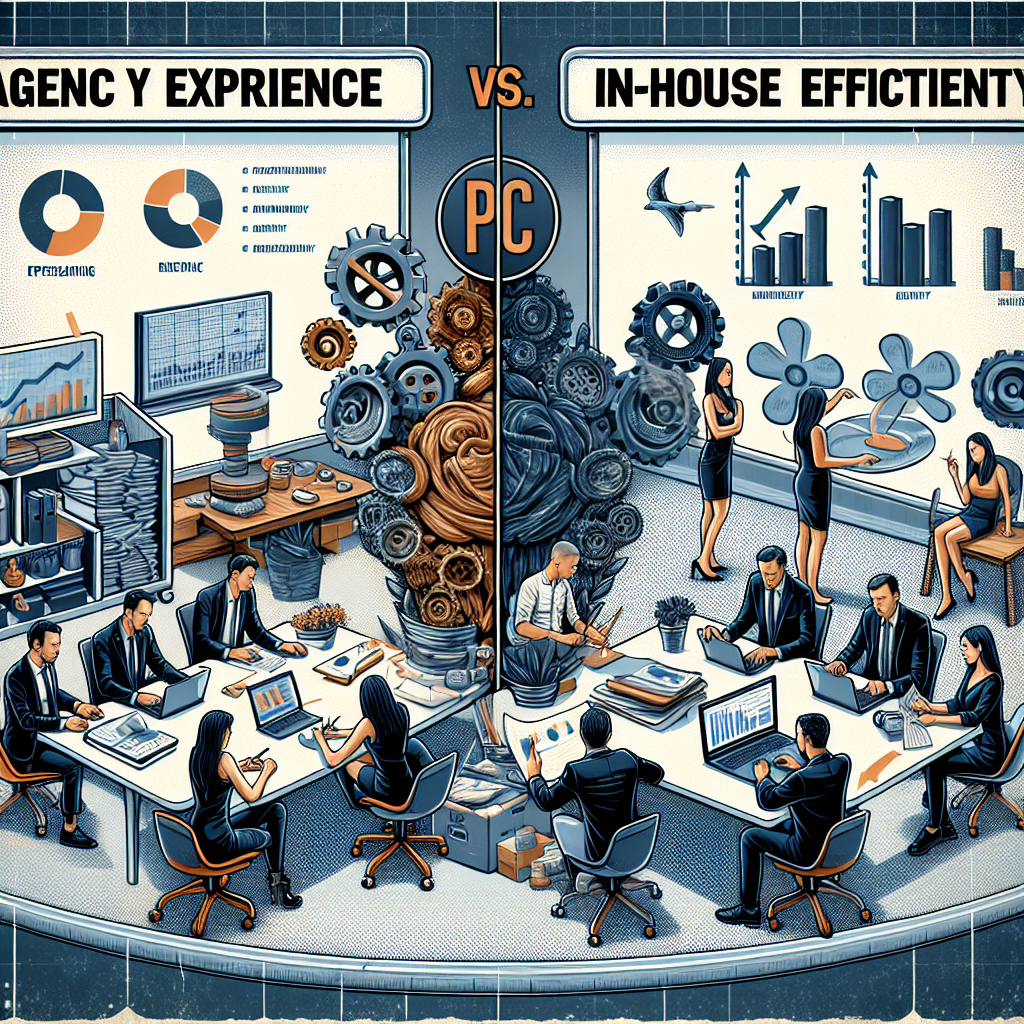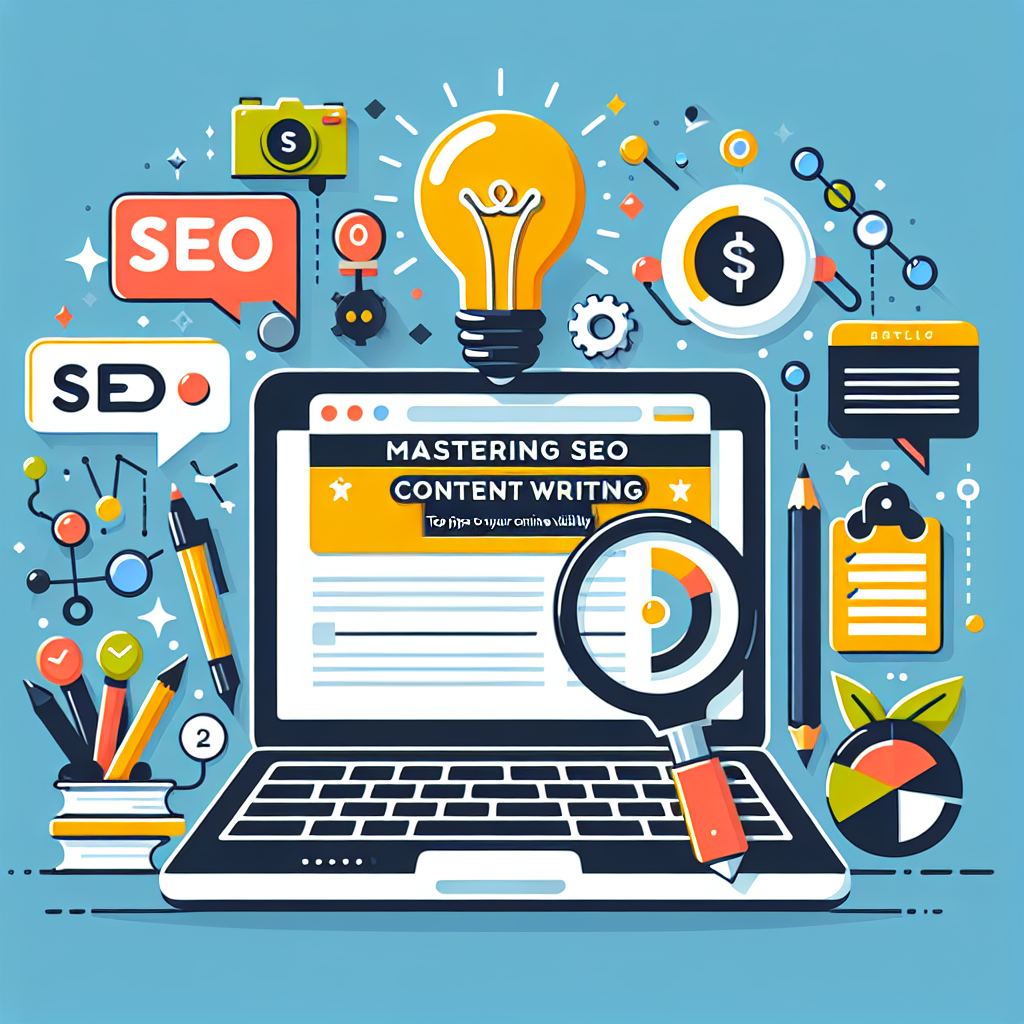Boost Your Workday: Top 10 Healthy Snacks for the Office
In a fast-paced office environment, maintaining energy and focus can often feel like a challenge. One effective way to keep your productivity levels high is by snacking smart. Healthy snacks can provide the necessary nutrients to fuel your body and mind, allowing you to tackle your workload efficiently. To help you bring balance back to your workday, we’ve compiled a list of the top 10 healthy snacks that are perfect for the office. 1. Fresh Fruit Fruits are nature’s candy and make for quick, nutritious snacks. Apples, bananas, oranges, or a small container of mixed berries can satisfy your sweet tooth without the added sugars found in processed snacks. They are packed with vitamins, fiber, and hydration, making them an ideal mid-morning or afternoon pick-me-up. 2. Greek Yogurt Greek yogurt is an excellent source of protein and probiotics, which promote gut health. You can enjoy it plain or add a drizzle of honey, a sprinkle of nuts, or some fresh fruit for extra flavor and nutrients. Portable and easy to store, Greek yogurt can help keep you full and focused. 3. Mixed Nuts A handful of mixed nuts can provide a satisfying crunch while delivering healthy fats, protein, and fiber. Nuts like almonds, walnuts, and pistachios are not only delicious but also support heart health. Just be mindful of portion sizes, as it’s easy to overindulge! 4. Hummus and Veggies This classic combo offers a savory snack that’s both filling and nutritious. Hummus is rich in protein and fiber, while fresh veggies like carrots, celery, and bell peppers add vitamins and minerals. Pack a small container of hummus with sliced veggies for a crunchy, satisfying treat. 5. Overnight Oats Overnight oats are a versatile snack that can be customized to your taste. Prepare your oats the night before by combining rolled oats with yogurt or milk, and add in toppings like nuts, seeds, fruit, or yogurt. This make-ahead snack is loaded with fiber and can be enjoyed cold right at your desk. 6. Whole-Grain Crackers and Cheese Whole-grain crackers paired with cheese create a delicious balance of carbohydrates and protein. Opt for lower-fat cheese options for a healthier choice, and don’t shy away from adding some sliced avocado or a sprinkle of seeds for good fats. 7. Dark Chocolate Craving something sweet? Dark chocolate (70% cocoa or higher) can satisfy your chocolate cravings while offering antioxidants and health benefits. Enjoy a few small squares to boost your mood and energy without derailing your healthy eating plan. 8. Rice Cakes with Nut Butter Rice cakes are low in calories and can serve as the perfect base for various toppings. Spread your favorite nut butter (like almond or peanut butter) on top and add some banana slices or a sprinkle of cinnamon for extra flavor. This snack combines complex carbohydrates with healthy fats for a balanced bite. 9. Hard-Boiled Eggs Hard-boiled eggs are a protein-packed snack that is both filling and convenient. You can prepare them in batches at home and keep them in the fridge for easy access. Sprinkle some salt or pepper for flavor, or pair with a dash of hot sauce for a kick. 10. Popcorn If you’re in the mood for a crunchy snack, go for air-popped popcorn. It’s a whole grain that’s high in fiber, making it a low-calorie option—the perfect alternative to chips. To keep it healthy, skip the butter and opt for a light drizzle of olive oil or a sprinkle of nutritional yeast for a cheesy flavor. Final Thoughts Healthy snacking at work doesn’t have to be complicated or boring. Incorporating these top 10 office snacks into your routine can ensure that you maintain your energy levels and focus throughout the day. Not only will your body thank you, but your productivity and mood may also see significant improvements. So, grab your reusable containers, stock up on these items, and take a step towards a healthier work environment. Happy snacking!










